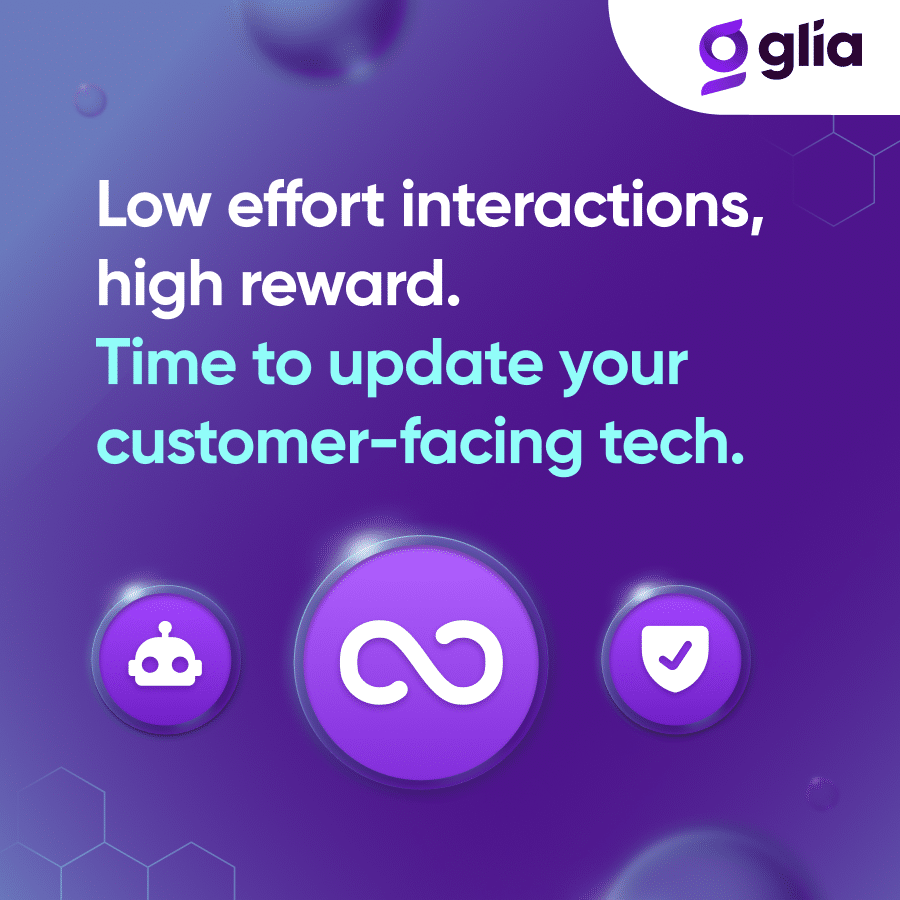In the ever-evolving landscape of banking, the need for innovative customer-facing technology has never been more critical. Facing challenges like ongoing deposit competition and looming credit risk issues, banks must optimize their technology stacks to maximize efficiency, reduce costs, and seize opportunities for customer growth.
Connecting with customers when they need guidance is a necessity in order to foster loyalty, drive successful outcomes, and create lasting value. Equally crucial is ensuring that customers can quickly and easily access information on your digital platforms. Slow navigation and difficulty finding information can lead to higher abandonment rates, unmet expectations, and customer churn.
So, how can banks ensure their digital communication technology is cutting-edge and exceeds customer expectations while enhancing efficiency and growth? Let’s explore three areas to address this question.
1. ChannelLess™ Interactions:
To deliver a seamless customer experience, digital channels must be easily accessible, allowing customers to transition seamlessly. Channel-specific technologies often lead to unsatisfactory and inefficient dead-ends when customers switch between channels. In fact, Gartner reports that 62% of customer service channel transitions are considered “high effort.” By adopting a single ChannelLess platform that encompasses all interactions, such as phone, chat, SMS, video, and more, banks can guide their customers precisely when they need it, while increasing operational efficiency. Whether it’s helping customers understand interest rate options when applying for a credit card, making a loan payment, or setting up direct deposit, frontline staff can provide real-time support using digital tools with immediate context. Leveraging a streamlined, cutting-edge customer-facing technology with collaborative tools like CoBrowsing can result in up to 20% faster issue resolution and 2x higher conversion rates.
2. Industry-Specific Automation:
Approximately 75% of contact center inquiries are routine. AI-driven virtual assistants can swiftly address simple questions and direct customers efficiently, reducing contact center volume so representatives can focus on more complex interactions. Employing pre-built banking bots ensures controlled, compliant, on-brand responses with a pathway to live assistance when necessary. Banking-specific bots offer quicker time-to-value and lower risk than generic AI technologies. Enabling voice- and chat-based virtual assistance can reduce average wait times and handle times by as much as 80%, simultaneously cutting operational costs, boosting representative productivity, and enhancing the customer experience.
3. End-to-End Security:
In today’s technology landscape, security is non-negotiable. As cyber risks continue to rise, heightened scrutiny is essential. Make sure that your interaction technology isn’t the weakest link. Scrutinize reports, discuss downtime with the IT team, and thoroughly evaluate data privacy processes. Banks need to verify the comprehensiveness of security measures for their digital communication technologies. Customers entrust their banks to protect their data, and this trust is directly linked to customer loyalty and lifetime value. So, imagine the high cost of a security breach.
Now is not the time to cut corners with technology. Ensuring streamlined digital communications that are supported by intelligent automation and robust security measures positions banks for success, even in a challenging environment. In an economic landscape that presents hurdles, cutting-edge technology, like the Glia Interaction Platform, offers banks the chance to guide customers over these hurdles and stay ahead of the competition.
To learn more about the improving banking efficiencies, download Glia’s recent webinar, From Hype to Help: Unpacking Generative AI on Customer Service here.


